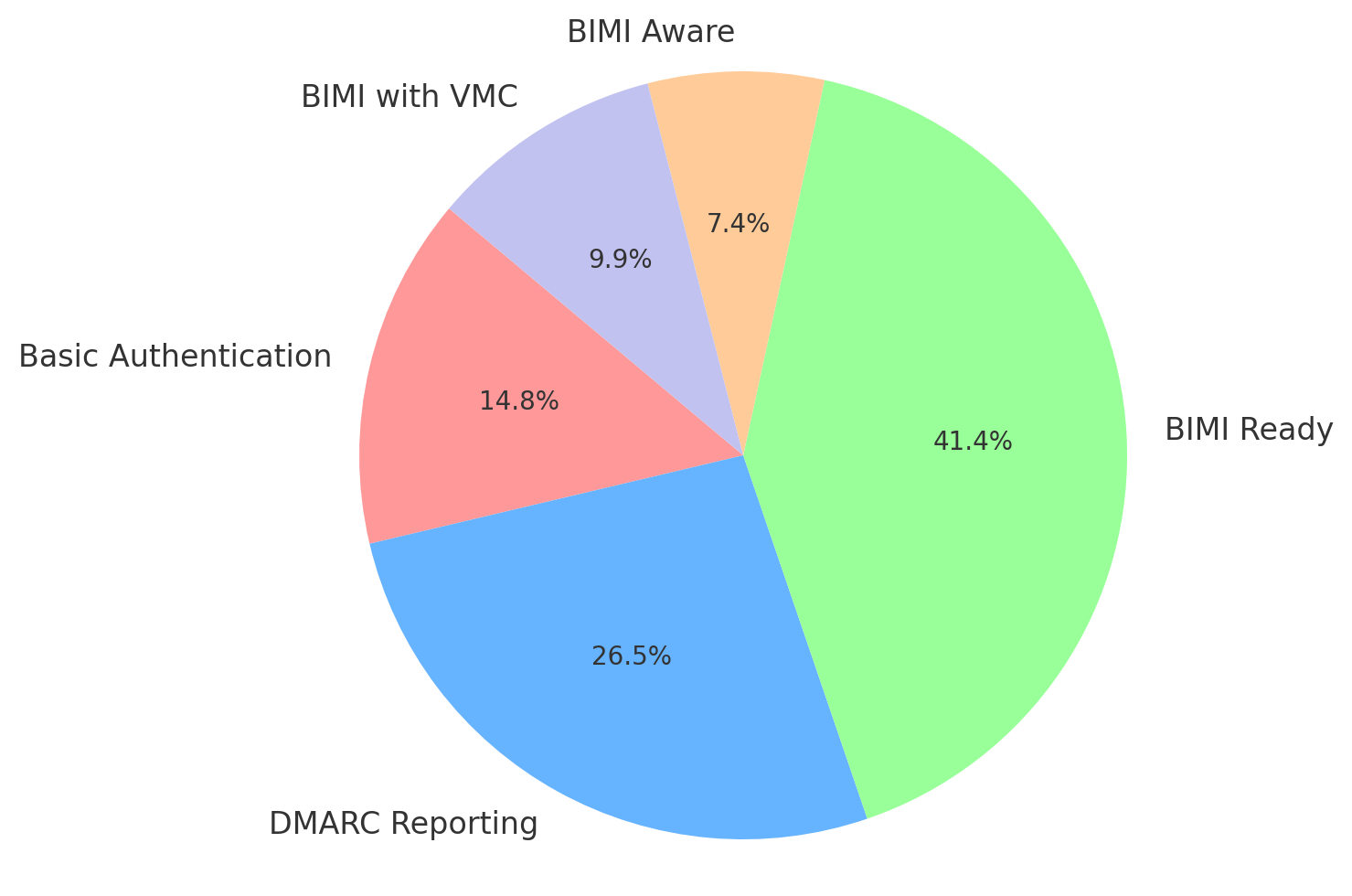Meet the company
Since 2015, Bitcoin.com has been a global leader in introducing newcomers to crypto. They make it easy for anyone to buy, spend, trade, invest, earn, and stay up-to-date on cryptocurrency and the future of finance.
Combating crypto-based phishing attacks
In recent years interest in cryptocurrency has skyrocketed. As a result, swathes of people look to invest, trade in, or otherwise use this currency every year. But with this boom comes the wrong kind of interest too; crypto-related phishing scams are on the rise. The explosion in cryptocrime is something Alex Einbinder, Senior Operations of IT at Bitcoin.com, is all too aware of; “As our reliance on doing things online grows, so does the complexity of phishing attacks targeting consumers across all industries,” comments Alex. “As crypto grows in popularity, it has become a more lucrative target for hackers.”
DMARC is the first port of call for organizations looking to mitigate risks
To quickly and effectively safeguard their customers from targeted phishing attacks, Bitcoin.com implemented the DMARC protocol. DMARC, which stands for Domain-based Message Authentication, Reporting & Conformance, is an email authentication protocol that stops attackers from being able to use an organization’s domain to send fraudulent emails to its employees and customers.
“Bitcoin.com is ensuring that it does its part to prevent unauthorized parties from sending emails that appear to come from the Bitcoin.com domain, protecting both our users and non-users from malicious actors,” adds Alex. “DMARC held the key for us to do that.”

OnDMARC’s key benefits
In addition to OnDMARC’s ability to proactively prevent spoofing attacks and safeguard Bitcoin’s customer base, it:
- Ensures email authentication and improves deliverability: “With OnDMARC, we are able to enhance our brand’s credibility and domain authority.”
- Provides easy and painless onboarding: “Beyond the fraud detection capabilities, the integration process for DMARC was painless and straightforward.”
- Offers best-in-class Customer Success: “Our experience with the Red Sift Customer Success team has been excellent. They have been very responsive and helpful in answering any questions or concerns we’ve had and have provided valuable guidance and support throughout the implementation.”
Making the financial sector digitally resilient
The financial sector is one of the most interconnected, so when there is a crisis within it, the impact ripples out far and wide. Nowadays one of the most significant threats to the security and stability of the financial sector is the disruption caused by a cyberattack. With targeted attacks like Business Email Compromise (BEC) rife, there’s never been a more crucial time for the financial sector to strengthen its digital resilience. Based on data that Red Sift’s BIMI Radar has on over 162 key domains in the Financial Data Exchange industry group, 58.65% of these businesses have DMARC set up in a policy of p=reject, the required policy for full protection from BEC attacks. While this is an improvement from the 41.36% in 2023, organizations still have a way to go. In order to help overcome the assumed complexities associated with DMARC deployments, OnDMARC was developed to ensure organizations can quickly and easily implement the protocol to shut down phishing and ensure ongoing compliance with globally-recognized security frameworks. *correct as of 08/05/2025


How Red Sift helps Bitcoin.com achieve its strategic priorities
“Our main focus is on protecting our users, so this is why compliance in every jurisdiction we operate in is a priority for Bitcoin.com,” notes Alex. “We take these obligations seriously and are committed to ensuring we meet all the necessary requirements to protect our users and customers.” By having implemented DMARC, Bitcoin.com prides itself on a gold-standard email security posture and can operate in the knowledge that its domains and customers are protected from brand abuse. "We would recommend Red Sift and OnDMARC to any organization that is looking to protect against email fraud and phishing attacks that will inevitably lead to hurting users and damaging brand reputation," says Alex.
Want to learn more about the importance of transitioning to full protection?






